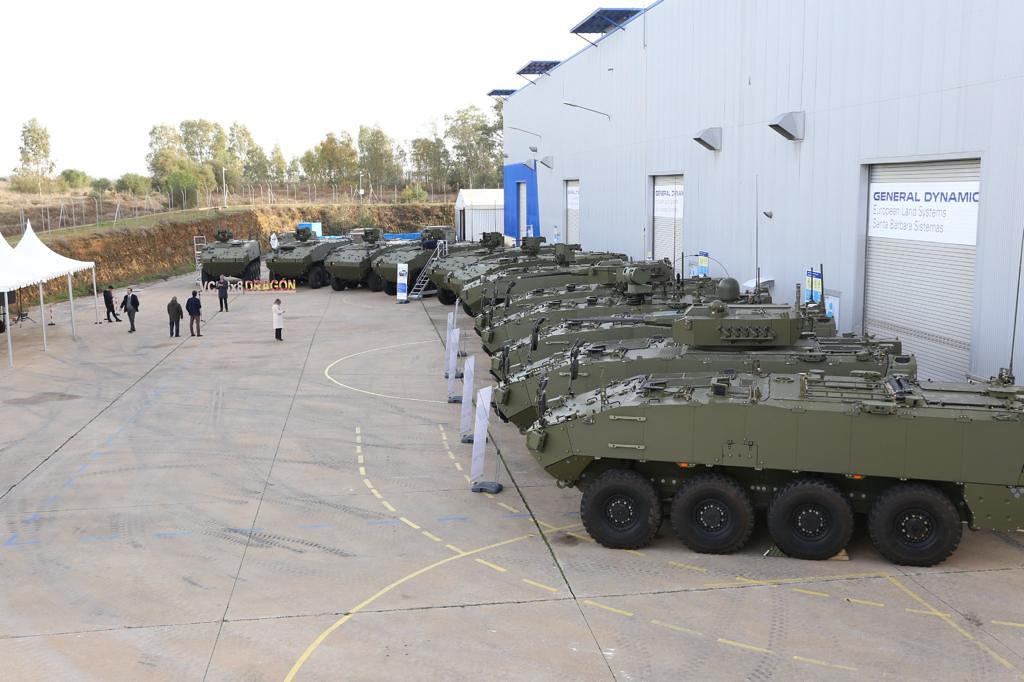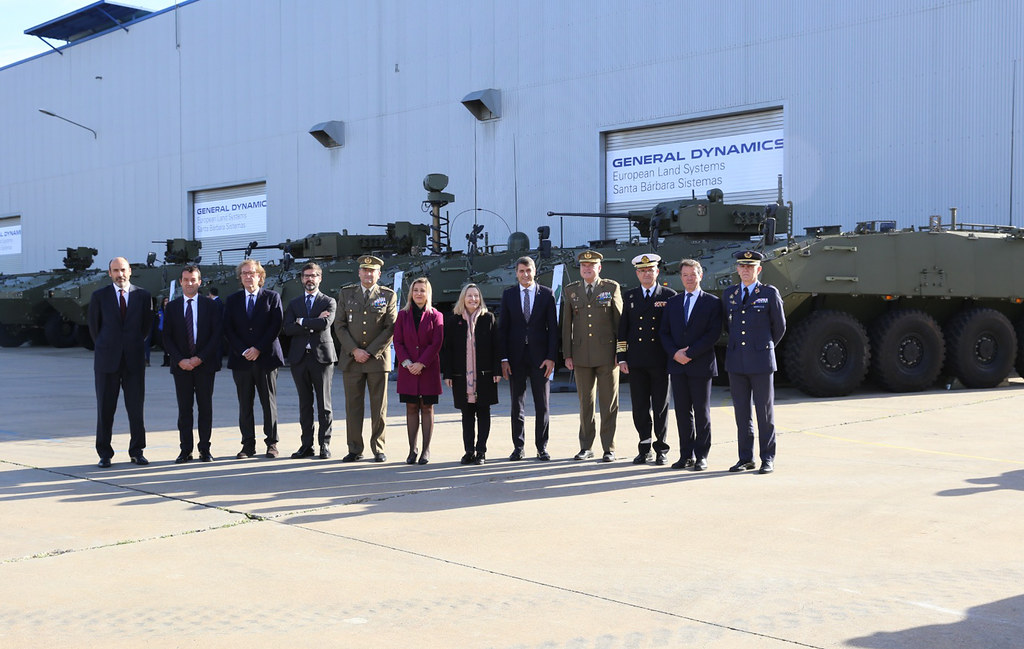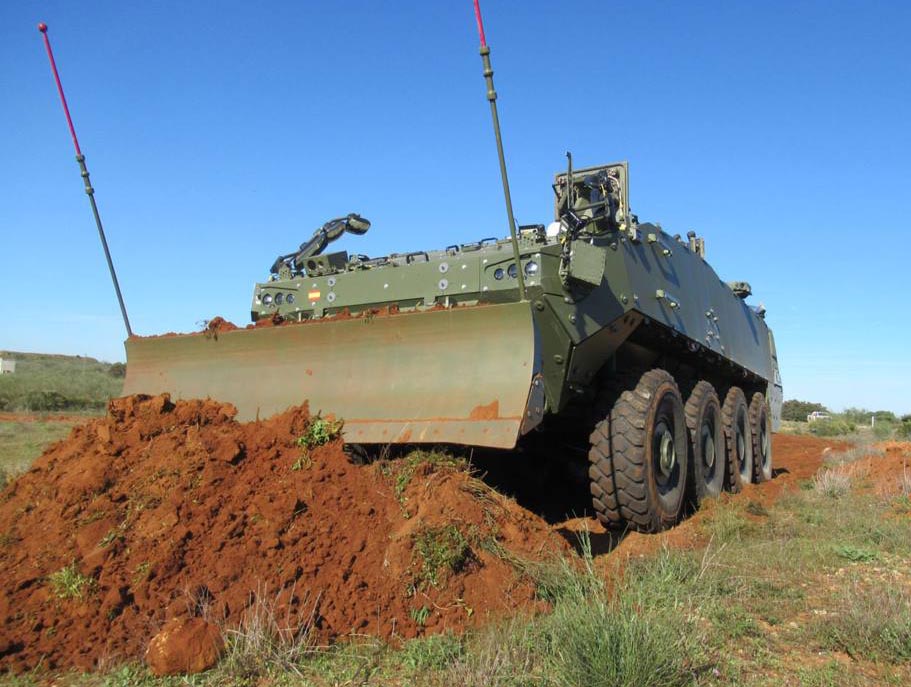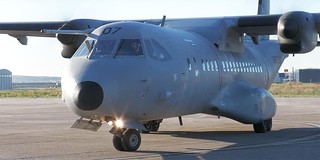The delivery of the first Dragon VCRs to the Spanish Army: this is how these vehicles are
Today the delivery of the first VCR 8x8 Dragon armored vehicles to the Spanish Army, by the Tess Defense consortium, took place.
The delivery was made at the Santa Bárbara Sistemas factory, one of the companies that make up the aforementioned consortium, in Alcalá de Guadaira (Seville). According to Infodefensa, the vehicles delivered are 12 in total: 7 sapper vehicles and the 5 demonstrators used for the tests of the Dragón Wheeled Combat Vehicle (VCR).

The first phase of the purchase of the Dragon VCR by the Army consists of 348 vehicles. A second phase could consist of another 348 vehicles and there would possibly be a third with 287 more armored vehicles. The forecast is that the VCR Dragón will replace the VEC M-1, the BMR-600, the MRAP Lince and RG -31 and part of the M-113 fleet.

The five demonstrators delivered today correspond to some of the versions that this vehicle will have:
- VCI: Infantry Combat Vehicle: in the first phase it is planned to acquire 219 units. A portion of the vehicles will be equipped with Guardian 2.0 remote controlled turrets, armed with a 12.7mm Browning M-2 machine gun, and the other portion with Guardian 30 turrets, armed with a 30mm main gun, a coaxial 7.62 mm and 12 smoke grenade launchers. In addition, 40 of the turrets will have a retractable launcher for two Spike anti-tank missiles.
- VEC: Cavalry Exploration Vehicle: in the first phase it is planned to acquire 58 units, equipped with a Hitfist 30 manned turret armed with a 30mm main cannon and a 7.62mm coaxial machine gun.
- VCZ: Sapper Combat Vehicle: in the first phase it is planned to acquire 58 units, equipped with a pusher blade at the front and a Mini Samson remote control turret armed with a 12.7 mm machine gun.
- VCPC: Battalion Command Combat Vehicle: in the first phase it is planned to acquire 14 units, equipped with remotely controlled turrets and armed with a 30mm main cannon.
- VCOAV: Forward Observer Combat Vehicle: in the first phase it is planned to acquire 8 units, which will be equipped with Guardian 2.0 remotely controlled turrets, armed with a 12.7 mm Browning M-2 machine gun, and a mast telescopic with a set of sights and SERT sensors.

There has been talk of the possibility of having up to 13 different variants. To cover the missions carried out by its predecessors (the BMR-600 and the M-113) an anti-tank version, a recovery version, an ambulance vehicle, a mortar carrier vehicle and an NBC war vehicle, among others, would also be necessary.

Although there is some controversy over the size of the vehicle (something that also occurs with other similar armored vehicles from other countries), one of the advantages that the VCR Dragon will bring is a more comfortable interior and spacious than the BMR-600 and the M-113, with ergonomic seats for the troops. Like the BMR, the Dragon will carry 3 crew members and the capacity to transport up to 8 equipped soldiers in its infantry fighting vehicle version.

The VCR Dragon barge is basically that of the MOWAG Piranha V, a vehicle manufactured by a Swiss company that is part of the same group of companies as Santa Bárbara Sistemas: General Dynamics European Land Systems. In fact, all five demonstrators were made from Piranha V vehicles purchased in 2015.

Like the Swiss vehicle on which it is based, the VCR Dragon will have a top speed of 100 km/h and a range of 550 km, but will weigh slightly more, close to 35 tons. The Spanish vehicle has a 724 hp Scania DC13 engine. The 8 wheels of the vehicle are motorized and have hydropneumatic suspension.
---
Photos: Ministerio de Defensa / Indra / Tess Defence.
|
Don't miss the news and content that interest you. Receive the free daily newsletter in your email: |
- Most read
- The seven aircraft carriers that have been sunk after World War II
- Russia surpasses losses of 3,000 tanks in Ukraine, with some very striking data
- The formation flight of fighters of Spain and Germany over Naval Station Rota
- The government of Spain risks a key capacity of its Army with its attacks on Israel
- Lampart, the new camouflage that the Polish Army is testing for its uniforms
- The firearms used by the Pontifical Swiss Guard, the smallest army in the world
- Eurofighter vs F-35: the opinions of professional pilots on these advanced fighters

 ES
ES







Opina sobre esta entrada: